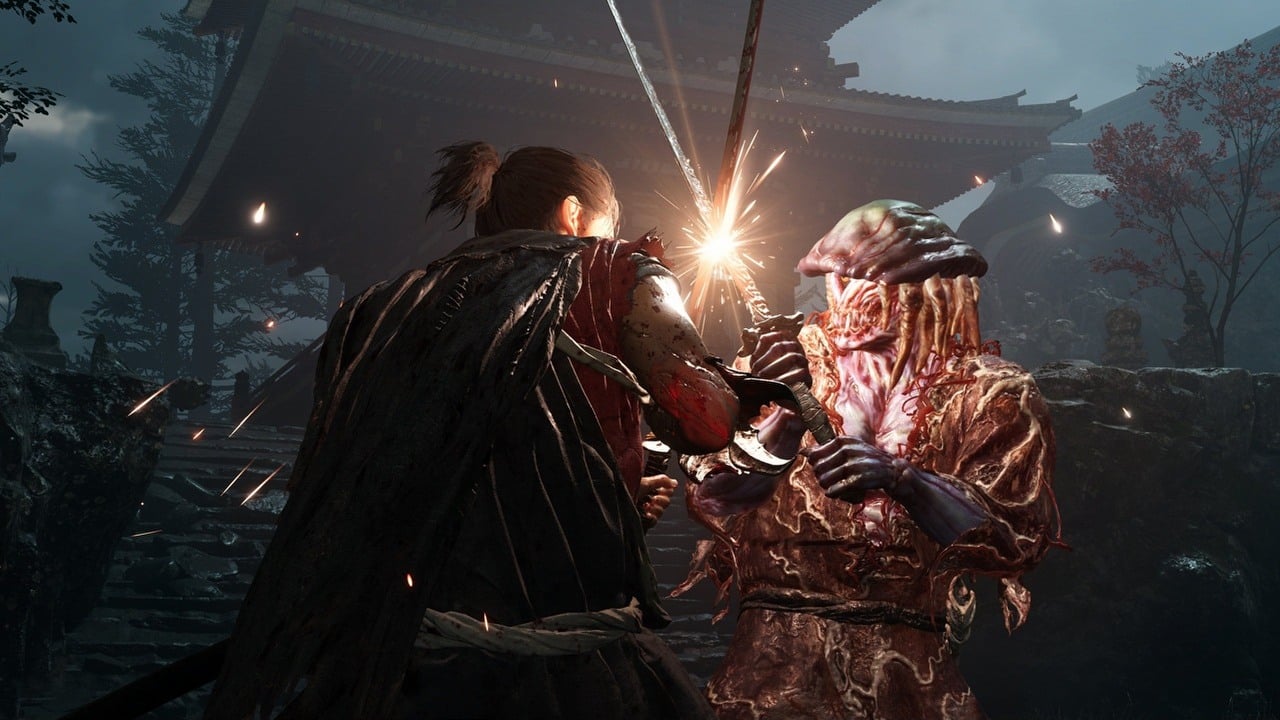20 Overhyped Video Games That Flopped Hard
1-20
Gaming - June 6th 2025, 22:00 GMT+2
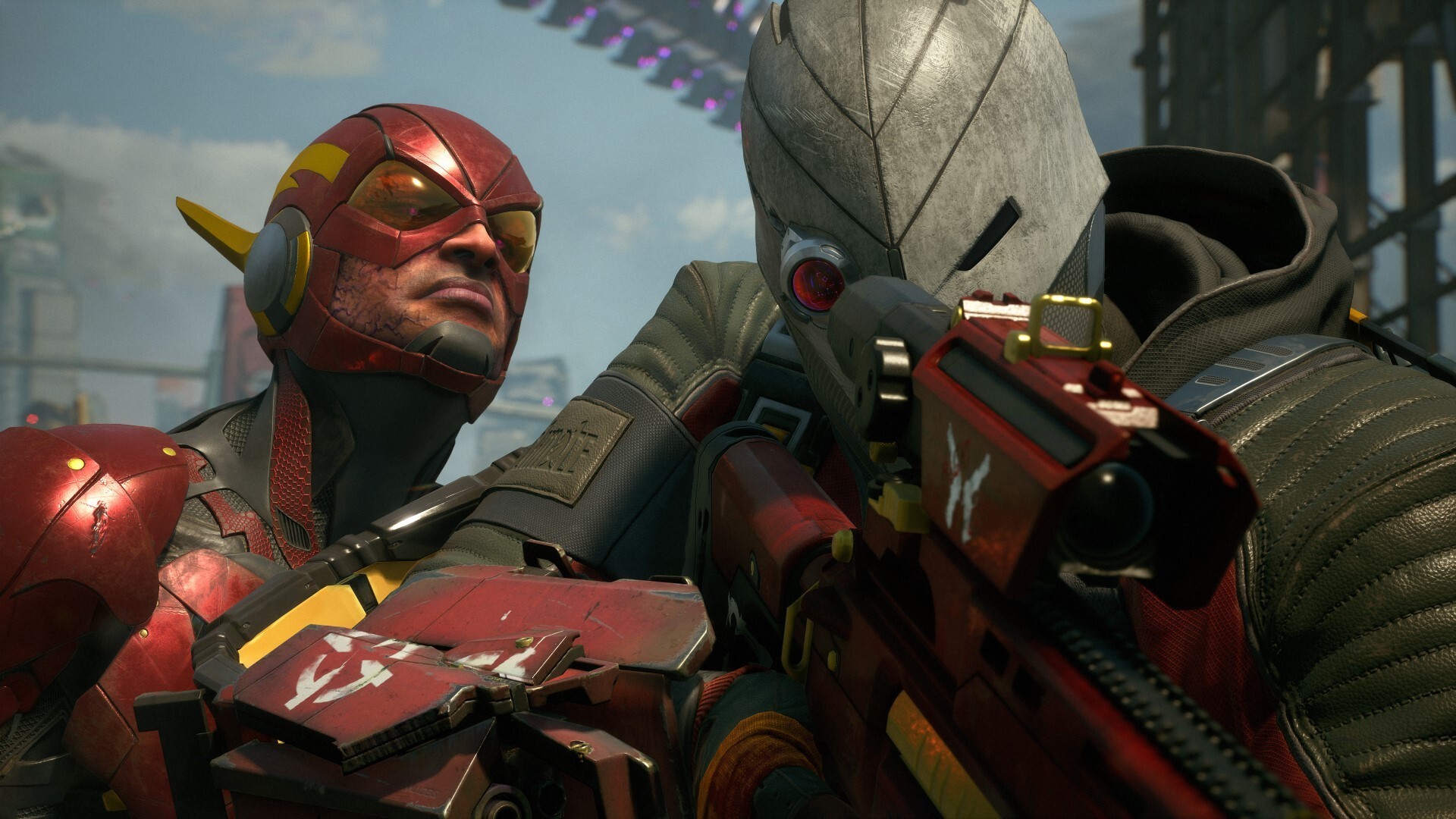
This DC supervillain romp was supposed to let players gleefully take down the Justice League, but it turned into a textbook case of self-sabotage. Fans expected the pedigree of Rocksteady’s Arkham games, yet got a generic shooter weighed down by live-service tropes. Always-online requirements and a cosmetic battle pass felt like a kryptonite sandwich that nobody ordered. Early showings revealed a loot-grind gameplay that prompted immediate backlash and a hefty delay. By the time it limped out, the hype had flatlined and reviews noted the shallow, repetitive design – another squad suiciding on the altar of Games-as-a-Service. It’s a cruel joke when the real justice was fans uninstalling in record time. | © Rocksteady Studios
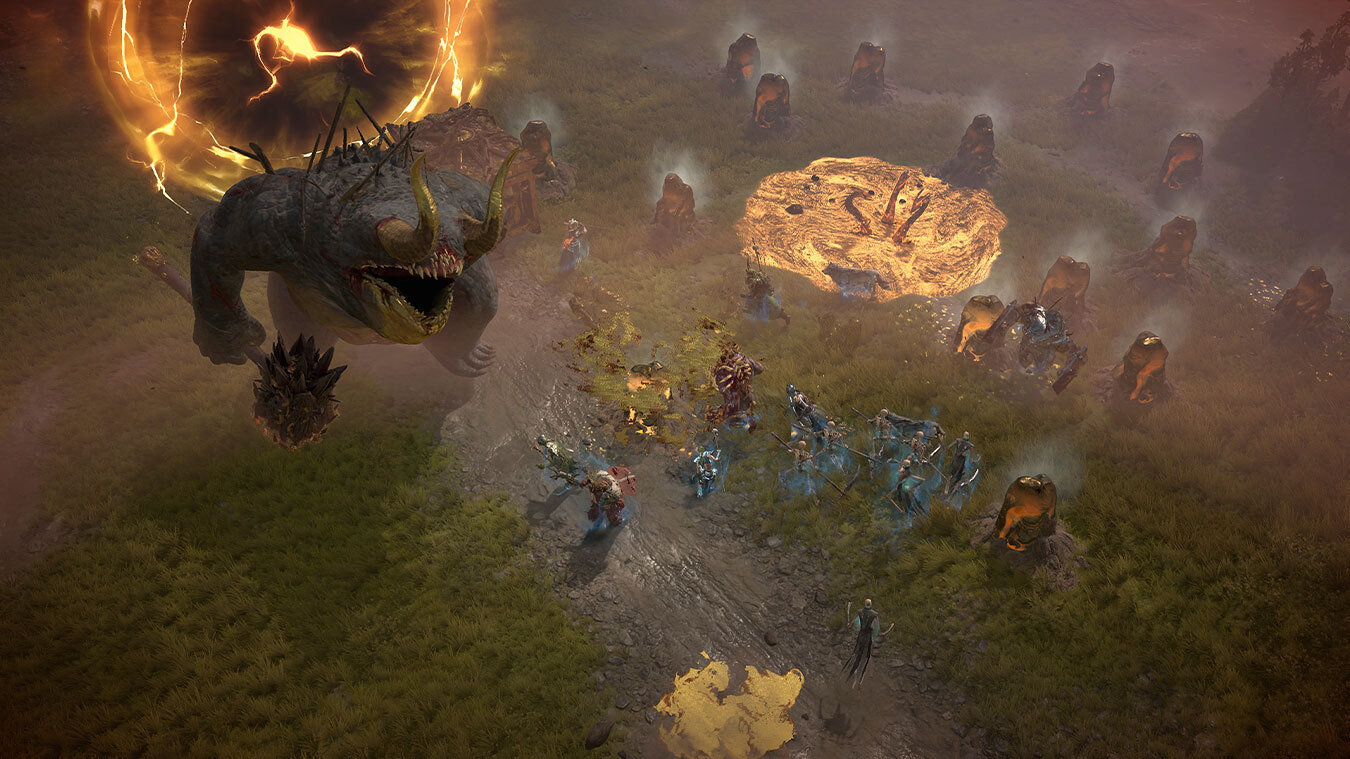
Hell hath no fury like Diablo fans scorned. Blizzard’s ARPG sequel rode in on a tsunami of hype – the Lord of Terror was back! – only for players to find the endgame as empty as a demon’s soul jar. Sure, the campaign was polished, but the post-story grind felt cursed by thin content and baffling balance decisions. A few weeks in, players were lamenting the lack of loot diversity and meaningful challenges, with even hardcore fans saying the developers had “no sense of direction” and “very little endgame.” Controversial patch nerfs during the first season poured holy water on the remaining flames of enthusiasm, sending many fleeing to other games. In the end, Diablo IV proved that even a $70 price tag and decades of goodwill can’t save an ARPG that sells its soul to shallow design and infernal monetization missteps. | © Blizzard Entertainment
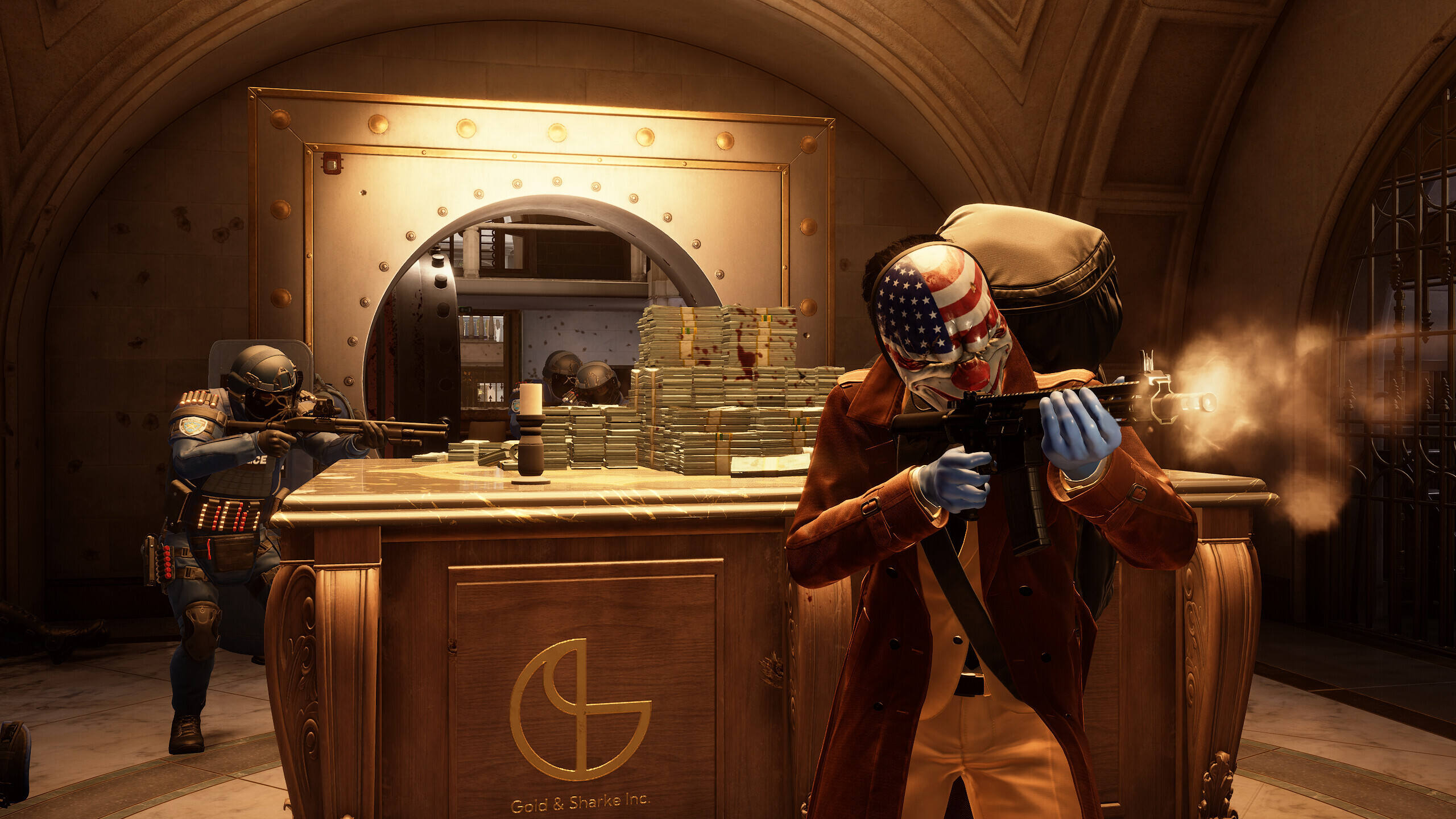
This heist sequel stole plenty of attention pre-launch – after all, who doesn’t want to pull off the perfect virtual bank robbery with friends? – but it ended up robbing players of their patience. The game launched requiring an always-online connection, a decision that proved a grave misjudgment when the servers promptly crashed and burned. In its first days, PayDay 3’s matchmaking was slower than a vault drill, leaving crews of would-be robbers stuck in endless queues instead of getaways. Even once inside, fans found a lack of new content and innovation; it felt more like a small-time score than the grand vault-clearing caper that was promised. The core heisting gameplay was still fun, but shallow progression and technical fiascos made this sequel about as popular as a ski mask at a police convention. In the end, PayDay 3 overhyped a massive score but got busted by its own design and network blunders – stick ’em up, indeed. | © Starbreeze Studios
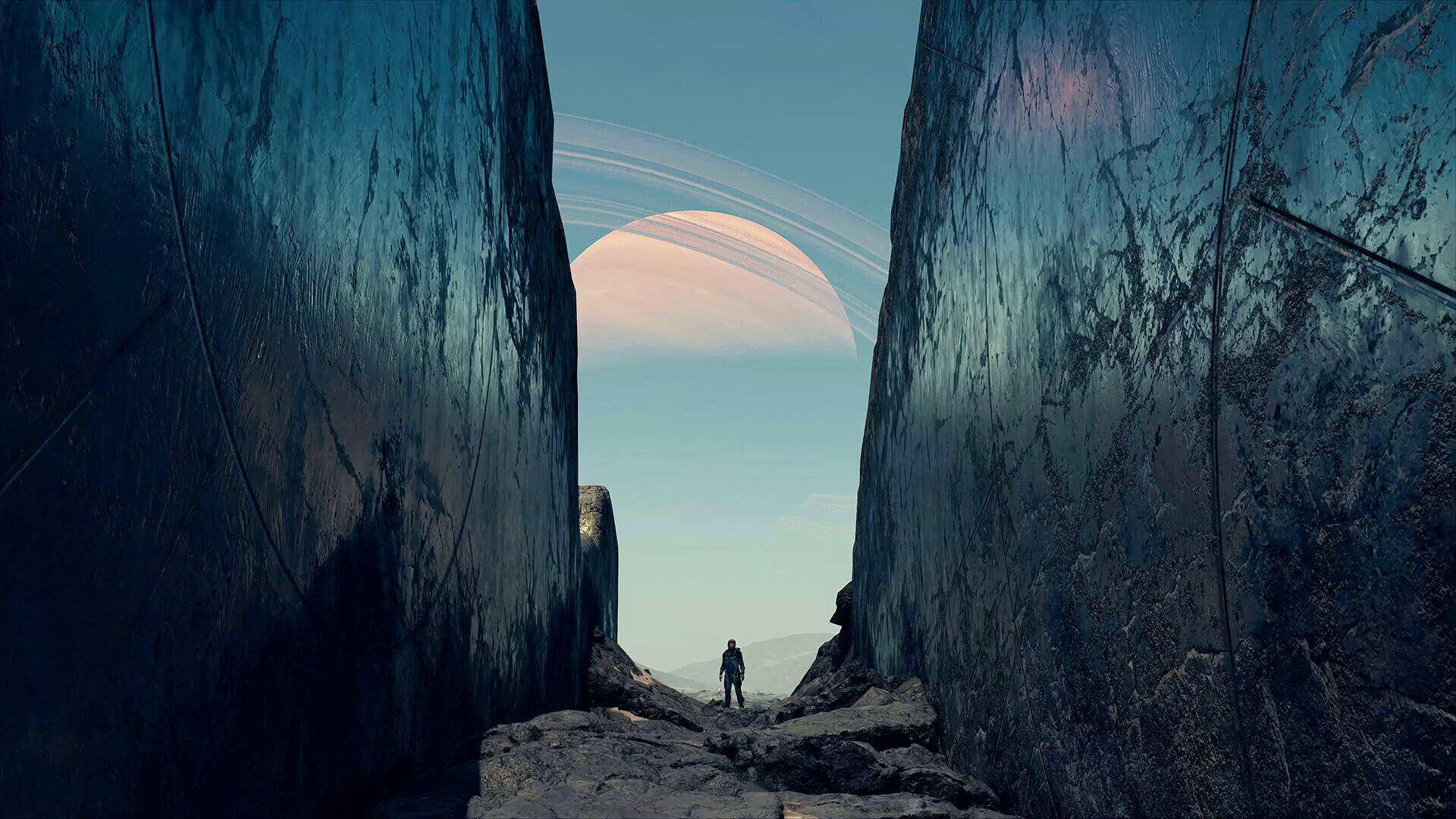
Billed as “Skyrim in space,” Bethesda’s galaxy-spanning RPG shot for the stars but wound up lost in orbit. The promise of 1000 planets to explore sounded astronomical – until players realized most of those worlds were emptier than a vacuum. While the game wasn’t as comically buggy as past Bethesda titles, it played things very safe: a familiar mix of fetch quests, outpost building, and lore delivered through stiff NPCs. Many wondered if the developers left innovation back on Earth, as Starfield’s core gameplay followed an ancient blueprint – “just another buggy Bethesda game” dressed up with some No Man’s Sky-esque features. Technical performance also weighed it down, with frequent loading screens breaking immersion at every turn of the spaceship airlock. Despite flashes of fun and a robust modding scene swooping in to help, Starfield ultimately proved that hype is a dangerous fuel – the game’s ambition sputtered under a universe of shallow content, leaving explorers feeling more grounded than star-bound. | © Bethesda Game Studios
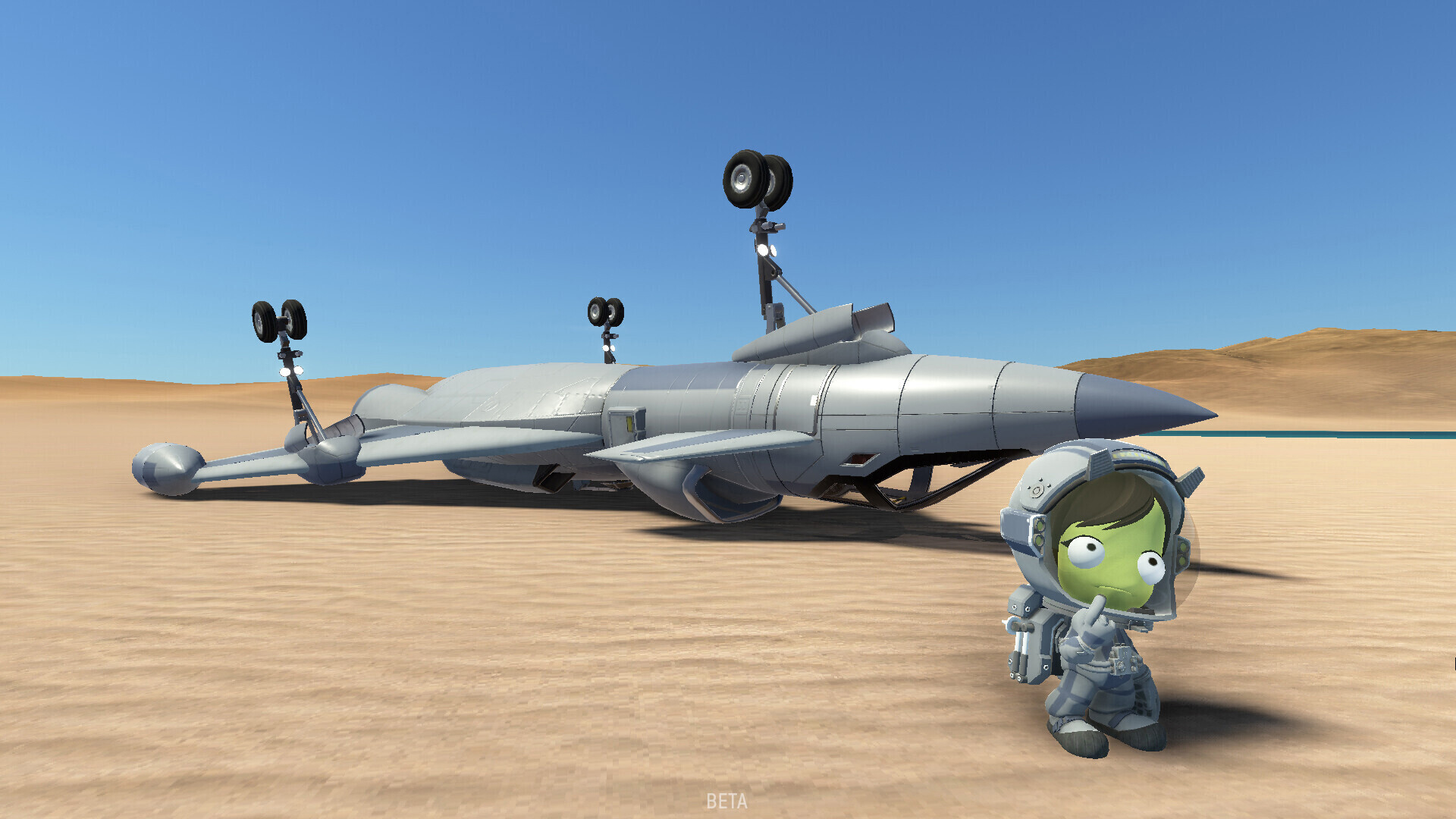
This sequel’s launch was a giant leap backwards for Kerbal-kind. Fans of the original adored its quirky rocket science, but KSP2’s Early Access debut went up in flames on the launchpad. It arrived missing numerous features (science mode, colonies, multiplayer – basically all the cool stuff advertised in the trailers) and was plagued by myriad performance issues and bugs, even on high-end PCs. Players expecting to reach the Mun instead got slideshows of exploding rockets, as the game chugged and crashed more often than Jebediah Kerman in a hurry. To add insult to injury, the developers set a premium price for this incomplete build, leaving many feeling they paid for rocket parts that hadn’t even been bolted together. The result? A community of ardent space nerds less than impressed and a hard lesson in gravity for a once-stellar franchise. In short, KSP2 proved that space is hard – but launching a sequel unprepared is even harder. | © Intercept Games
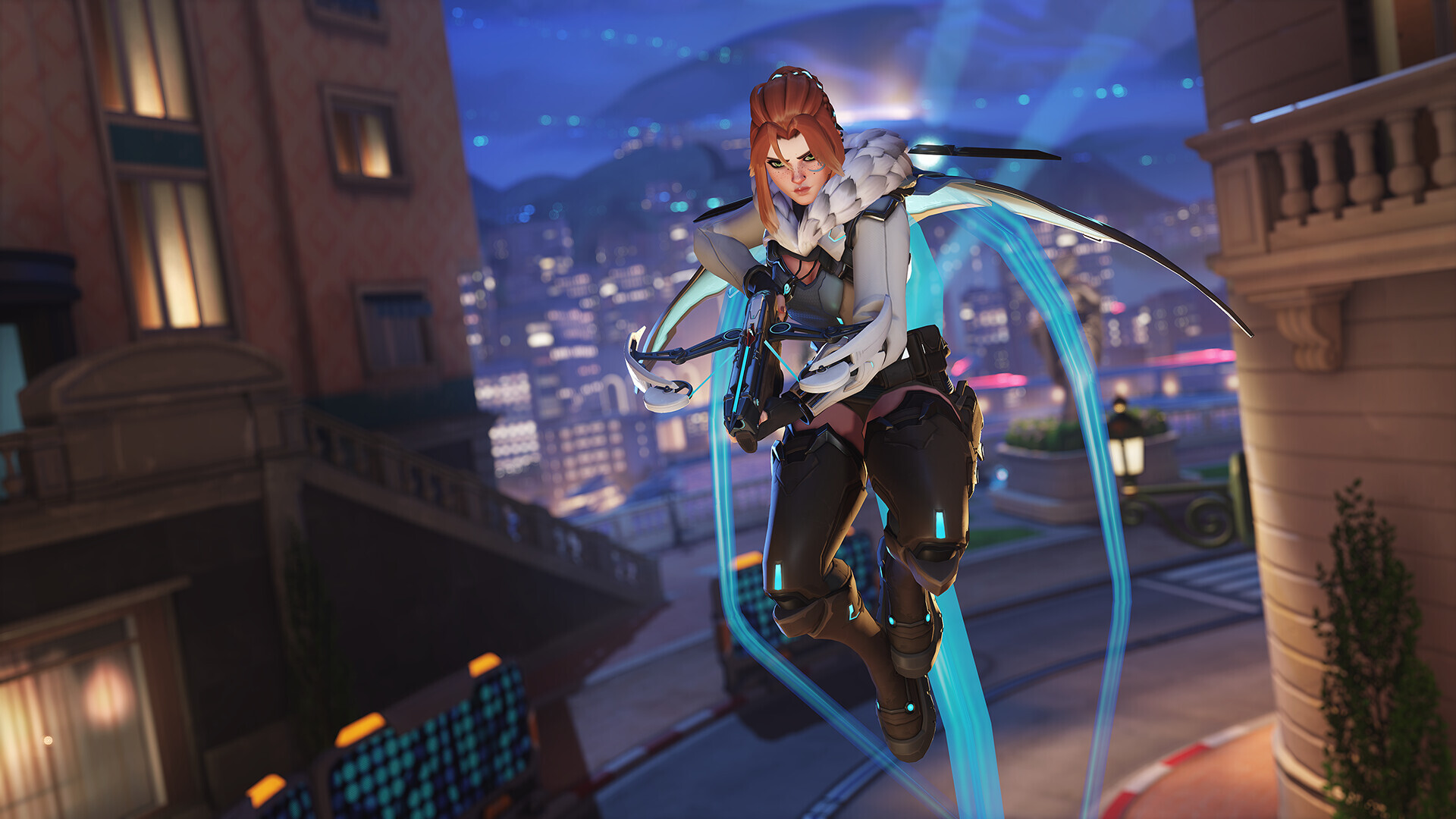
A sequel in name only, Overwatch 2 managed the impressive feat of generating massive hype and then tripping over its own shoelaces at spawn. Blizzard promised an evolution of the beloved hero shooter – including a new PvE story mode that justified the “2” – but that grand plan self-destructed when the long-awaited cooperative mode was canceled mid-flight. Instead, players basically got a 5v5 update of the original game, one that launched with server meltdowns (day-one DDoS, anyone?), a controversial requirement that had players scrambling to add phone numbers to their accounts, and a new monetization scheme that made cosmetics pricier than a D.Va mech.
The core gameplay was still tight, but many found the changes underwhelming: heroes tweaked, not transformed; maps shuffled, not strikingly new. The community’s goodwill drained faster than Tracer’s blink charges, especially after the PvE betrayal and the realization that Overwatch 2 was grinding more than innovating. In the end, this sequel became a cheeky lesson that slapping a new number on a game means nothing if you don’t deliver the goods – or the heroes – behind the hype. | © Blizzard Entertainment

In a tragic irony, the one battle this game won was against players’ patience. Battlefield 2042 arrived artillery-blasting with promises of 128-player warfare and dynamic tornadoes ripping through maps, but those flashy ideas were quickly smothered by an onslaught of glitches and baffling design choices. At launch, it was missing basic features like a scoreboard and in-game voice chat – a 2042 game that forgot 20 years of FPS fundamentals. Longtime fans were fuming that DICE ditched the class system in favor of hero-like Specialists, undermining team play in a bid to chase trends. Matches were often a chaotic mess with rubber-banding soldiers, vehicles phasing through terrain, and the only thing more unstable than the maps’ weather was the game’s performance. Hype may have sold copies on day one, but Battlefield 2042 quickly became a deserted warzone – a live-service misfire that will live in infamy as a cautionary tale on how not to deploy. | © Electronic Arts

As the spiritual successor to Left 4 Dead, this co-op zombie shooter had big, bloody shoes to fill. Unfortunately, Back 4 Blood ended up more backfire than blockbuster. It tried to shake up the formula with a fancy card-based perk system, hoping to add depth and variety to every run – but many players just found it needlessly convoluted and less immediately fun than the pick-up-and-play chaos of its predecessors. Balance issues meant that higher difficulties felt brutally unfair unless you built the perfect deck of cards, turning off casual players who just wanted to mindlessly pop zombie heads. While the game wasn’t devoid of thrills, it suffered from a lack of that special sauce that made the old zombie romps classics. Post-launch, content dried up faster than a puddle of Ridden goo; even Turtle Rock eventually threw in the towel on major updates. What was billed as a triumphant reunion tour for co-op survival horror ended up proving that lightning doesn’t strike twice – sometimes you’re just Left 4 Disappointed. | © Turtle Rock Studios
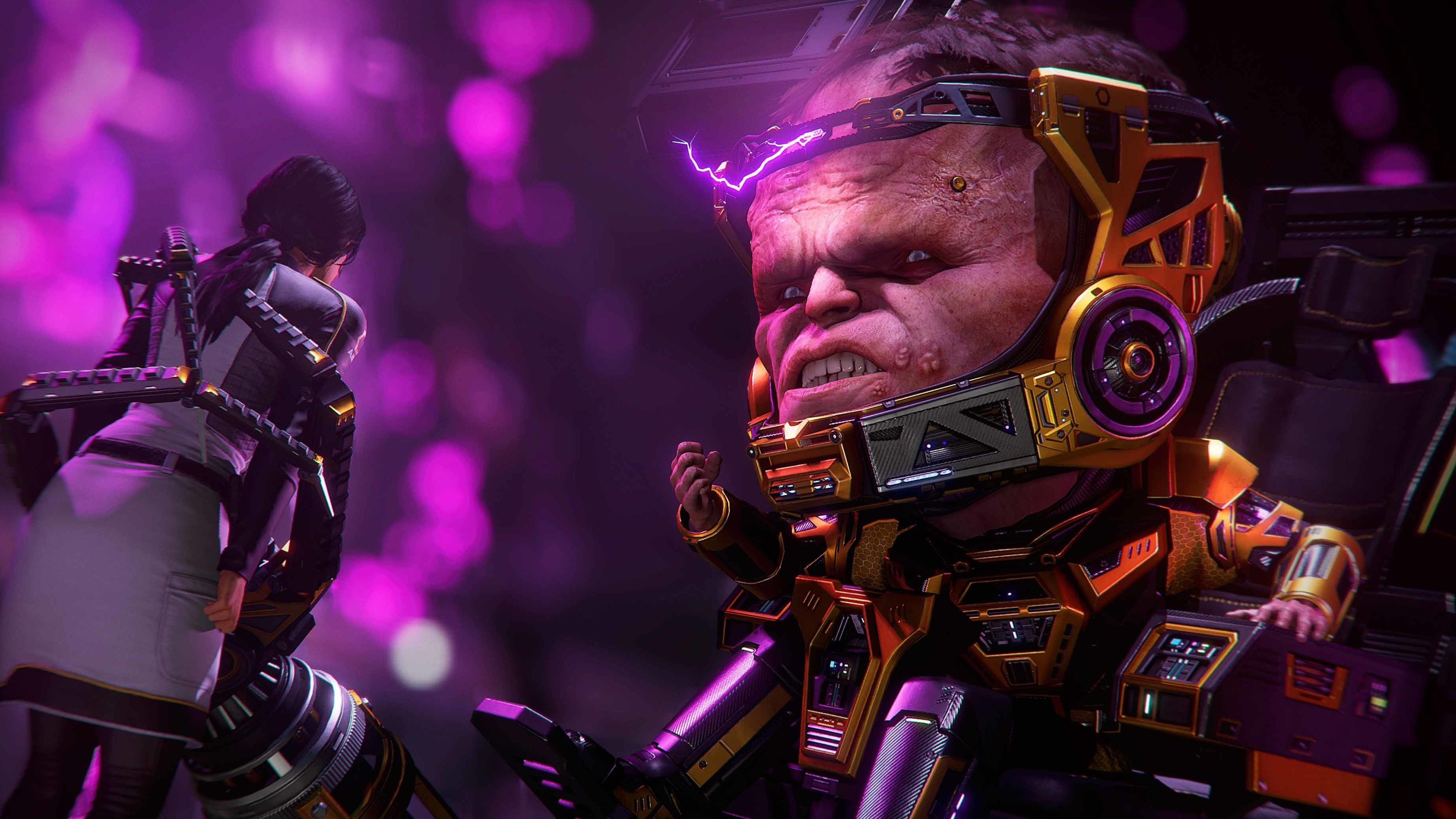
Earth’s Mightiest Heroes met gaming’s mightiest flop. This was a crossover of Marvel icons that should have been a slam dunk, but instead it felt like an identity crisis wrapped in a repetitive loot grind. The game had a decent campaign, particularly the Ms. Marvel story that had heart, but once the credits rolled, players were left facing a live-service treadmill that felt more like homework than heroism. Generic “beat up these robots” missions and copy-paste levels made the endgame a snooze, and the loot system somehow managed to make wielding Mjolnir or Hulk’s fists feel unremarkable. Technical issues and awkward character designs (what do you mean Wish.com Avengers?) didn’t help either. Despite a bevy of post-launch hero additions, the playerbase plummeted faster than Iron Man without a thruster. Turns out that even a roster of legends can’t carry a game built on shallow gameplay and broken promises. | © Square Enix

This was supposed to be a shiny resurrection of a beloved RTS classic; instead it became a master class in how to torch a legacy. Reforged arrived with high expectations – Blizzard had hyped up remastered visuals, revamped campaigns, and new cutscenes. What players got was decidedly… not that. Many promised upgrades were MIA, and some aspects even regressed from the 2002 original. The game launched with missing features, pesky bugs, and a new user agreement so grabby it scared the modding community. Reforged even forced owners of the original Warcraft III to update to its client, thereby stripping away old functionalities like ladders and clans for a time – effectively downgrading a classic. Fan outrage was so intense that the remaster attained the title of one of the world’s worst user-reviewed games on Metacritic. Blizzard eventually apologized, but by then the damage was done. | © Blizzard Entertainment
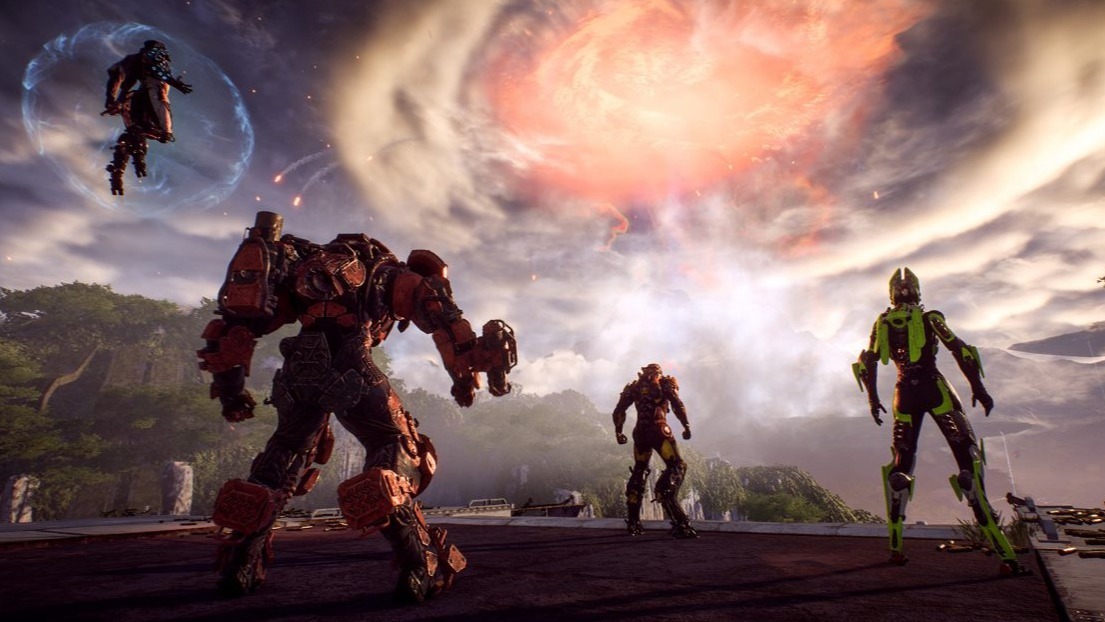
Aptly named, because this game became an anthem for squandered potential. BioWare’s ambitious sci-fi shooter/RPG had everyone intrigued with its Iron Man-like javelin suits and lush alien world. But upon release, that symphony turned into a cacophony of technical woes and half-baked design. Anthem was plagued by bugs, crashes, and long load times from the very start, to the point where some PS4 players joked it was crashing their consoles more efficiently than it was crashing the evil aliens. And after blasting through a visually impressive but short campaign, Freelancers hit a content wall that was about as exciting as an empty sky. The game’s live-service elements never delivered fresh adventures as promised, and planned major overhauls were quietly shelved as the playerbase evaporated. BioWare ended up delivering a cautionary tale: all the jetpack flight in the world can’t save a game that launches without a solid plan. | © BioWare
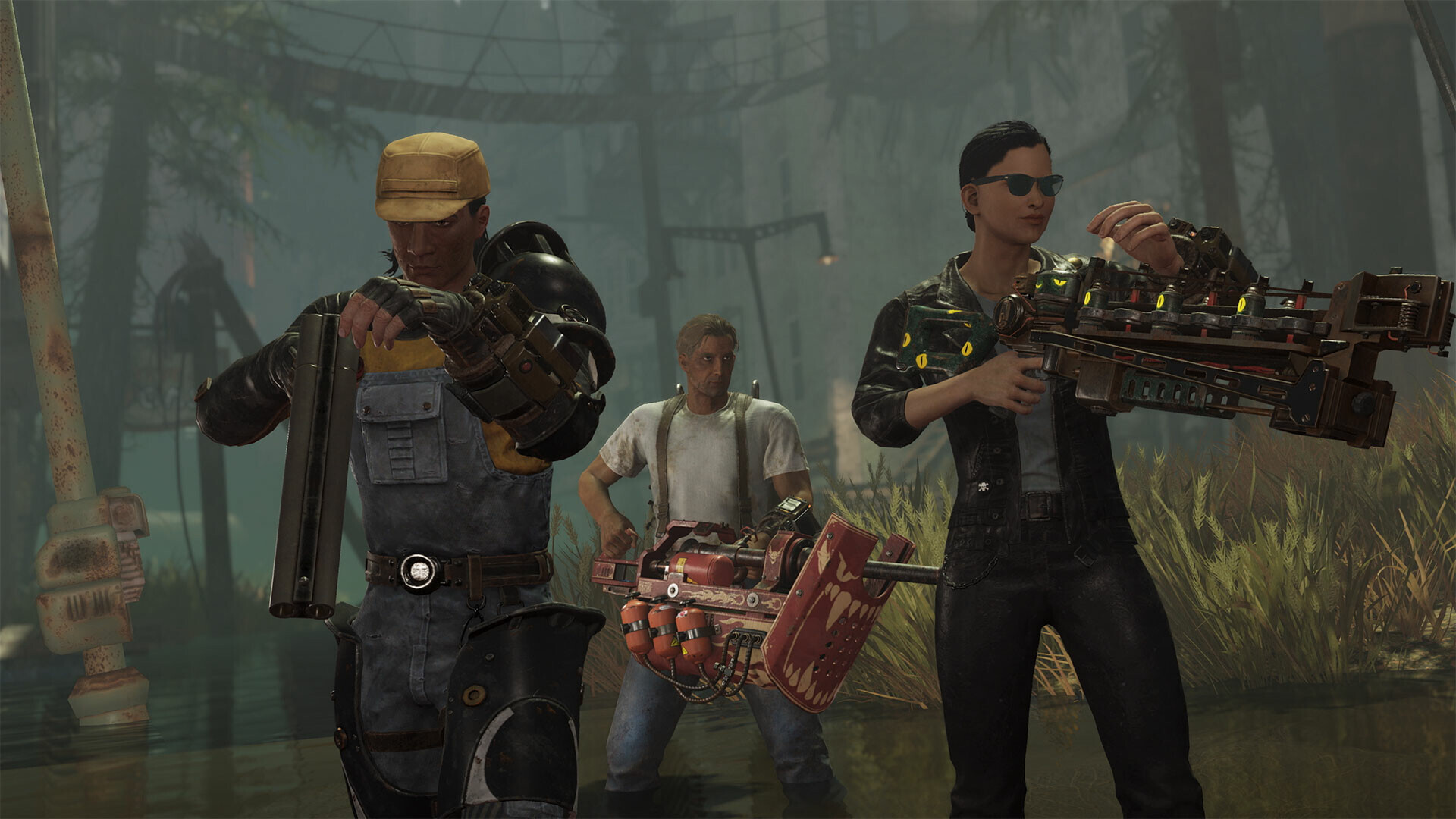
Bethesda took its storied Fallout franchise online and inadvertently created a post-apocalyptic comedy of errors. Upon release, Fallout 76 was a buggy mess – glitches so absurd they became YouTube montage legends – and that was just the beginning. The game world itself felt eerily empty thanks to the baffling decision to ship with no human NPCs at launch, leaving players to converse with tapes and robots like it was some strange retro-futuristic prank. Then came the real mutations: a string of PR disasters including a collector’s edition that shipped with a cheap nylon bag instead of the advertised canvas, and a premium subscription service that deleted people’s scrap due to yet another bug. Bethesda worked to mend the game with updates, but the initial damage was vast. Fallout 76 will be remembered as a case study in how not to launch a multiplayer game. | © Bethesda Game Studios
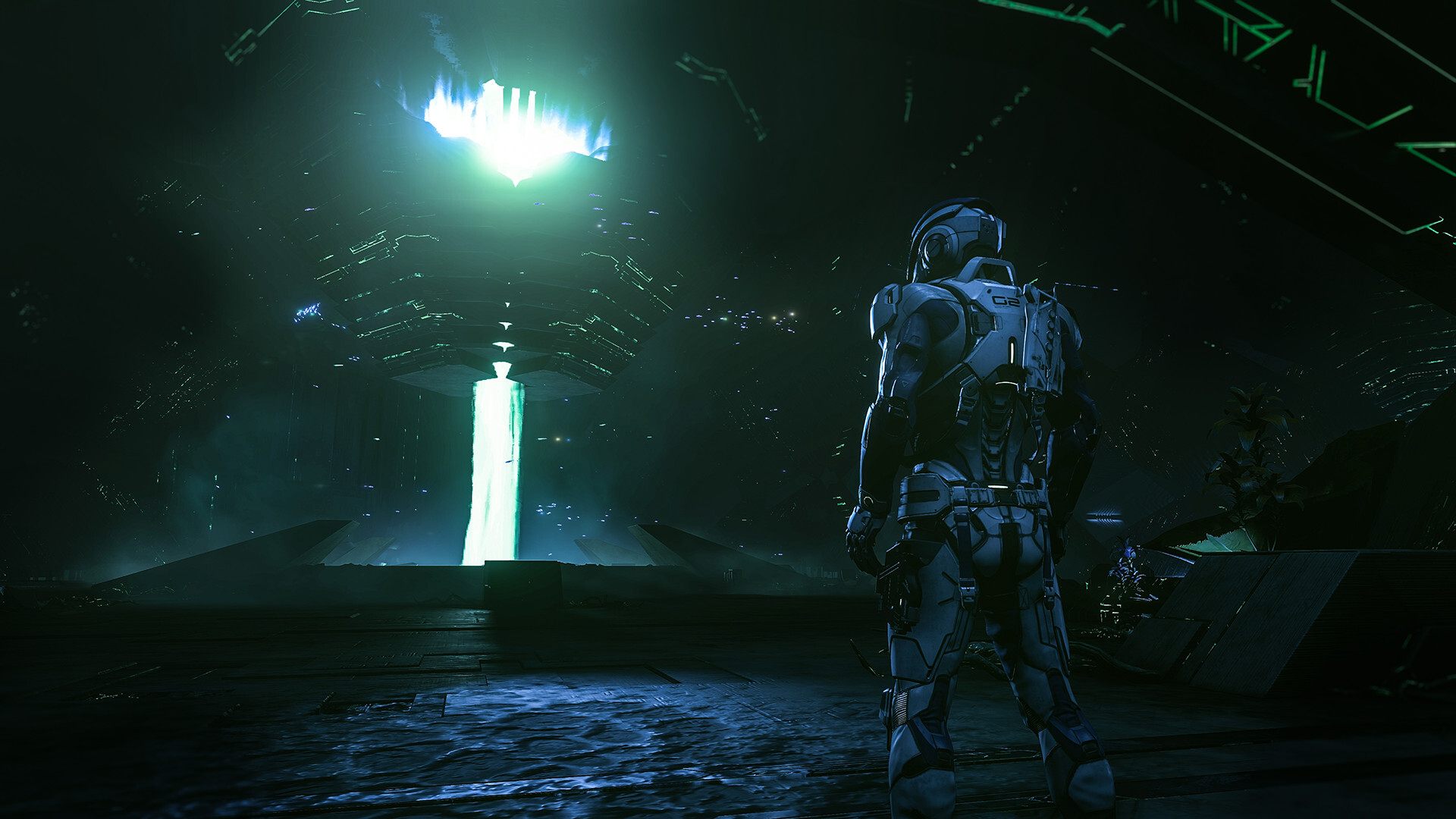
Hyperspace ambition, meet very real face-plant. This eagerly awaited new chapter of Mass Effect flew us to a whole new galaxy, but many fans felt the series lost its gravitas somewhere in transit. Upon release, Andromeda quickly became infamous for janky facial animations – nothing says epic space opera like your Pathfinder grimacing like a wax mannequin. Memes about characters’ dead eyes and the now-legendary line “my face is tired” spread like wildfire, emblematic of the game’s overall lack of polish. But it wasn’t just the graphics. The story and characters struggled to live up to the original trilogy’s legacy, giving us a Saturday-morning-cartoon level plot when we were promised a Hollywood blockbuster. Glitches and bugs were so plentiful that even the Nomad couldn’t drive over them without hitting a few. Bioware had aimed to reboot their beloved franchise, but instead they hit a cosmic wall of unmet expectations. | © BioWare
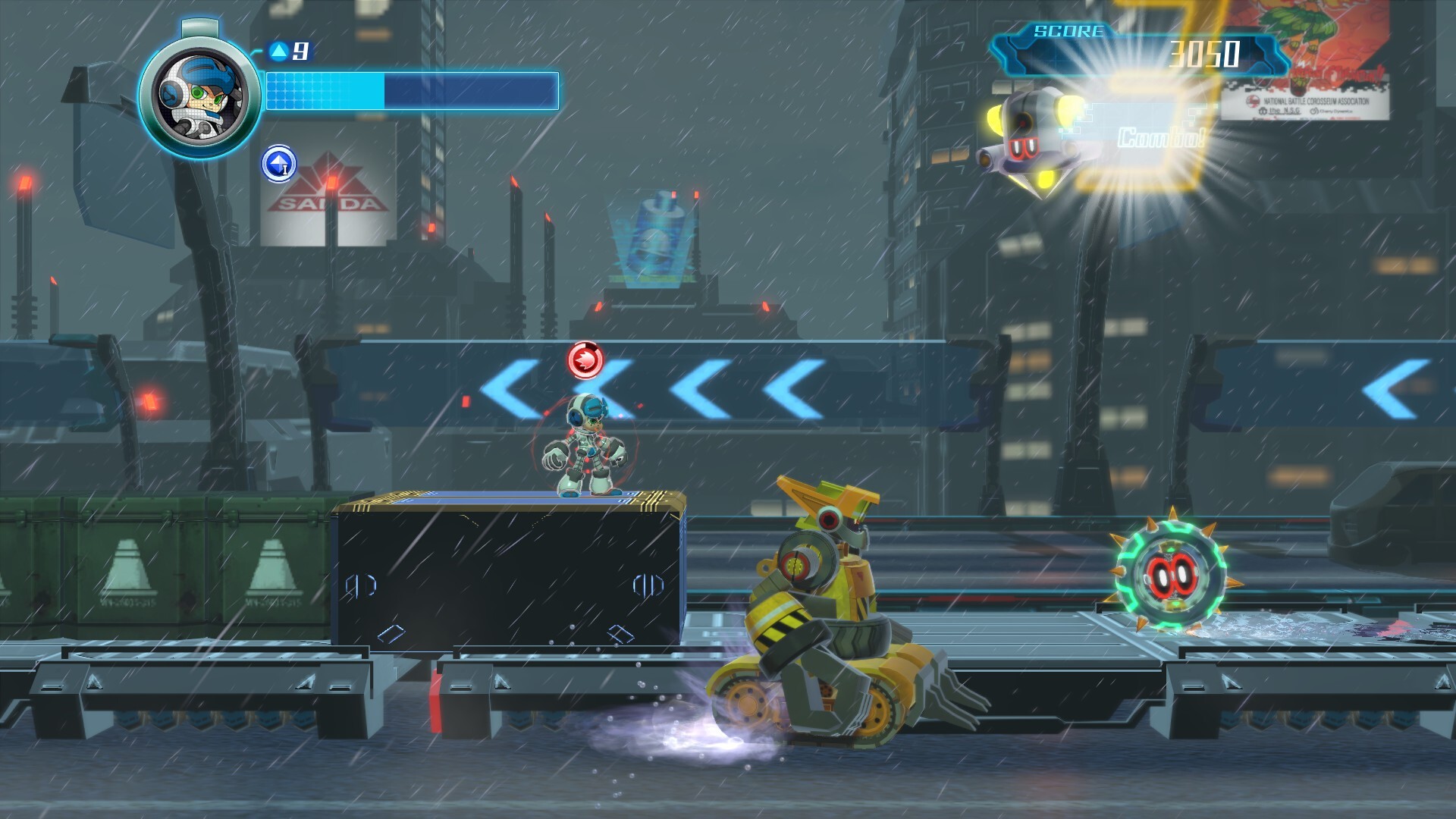
Once upon a time, Mega Man’s creator decided to Kickstart a new hero, and the crowdfunding world rejoiced. Fast forward to release, and that joyful anticipation had curdled into bitter disappointment – oh how the mighty have fallen. Mighty No. 9 came out after multiple delays looking like a bargain-bin version of the Blue Bomber. The 2D platforming action was inoffensively average at best, with bland level design and a frustrating difficulty curve that felt cheap instead of challenging. The art style, which had seemed promising in concept art, turned out muddy and uninspired in-game (and those cringe-worthy explosion effects – yikes). The launch trailer famously joked about anime fans crying at prom, alienating the very fanbase it needed. What was meant to be a triumphant resurrection of retro glory devolved into a cautionary tale for Kickstarter dreams. | © Comcept
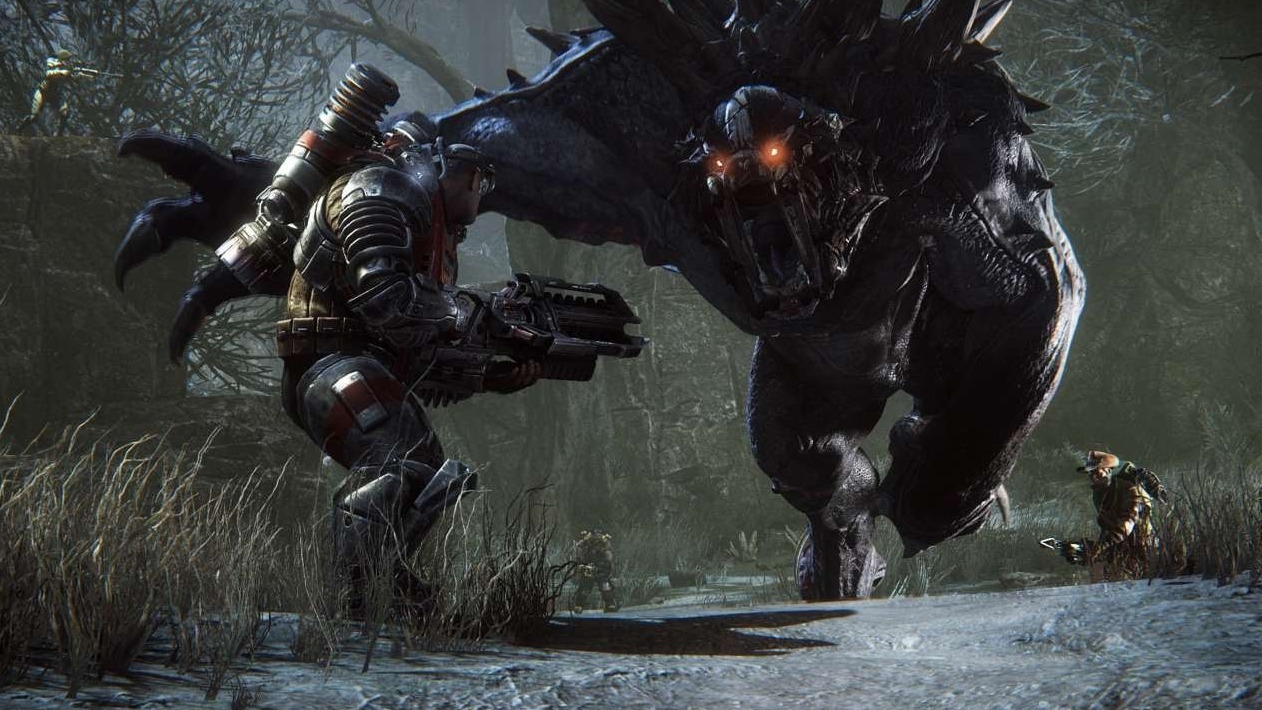
This 4v1 asymmetrical shooter had a roar of hype behind it – from winning E3 awards to convincing us it’d be the next big leap in multiplayer. Instead, Evolve quickly, well, devolved into a ghost town. The core concept (a team of hunters vs. one player-controlled monster) was fun for a few rounds, but it didn’t take long for players to feel the grind. Maps and missions started blurring together, and playing as the monster went from empowering to repetitive faster than you could say “Stage 3.” Progression was a slog; unlocking new characters required an absurd amount of grinding, which many suspected was a ploy to sell skip packs. But the true final boss here was the ridiculous DLC model – the game had over 40 pieces of DLC at launch. Gamers felt nickel-and-dimed and responded by voting with their feet. | © Turtle Rock Studios
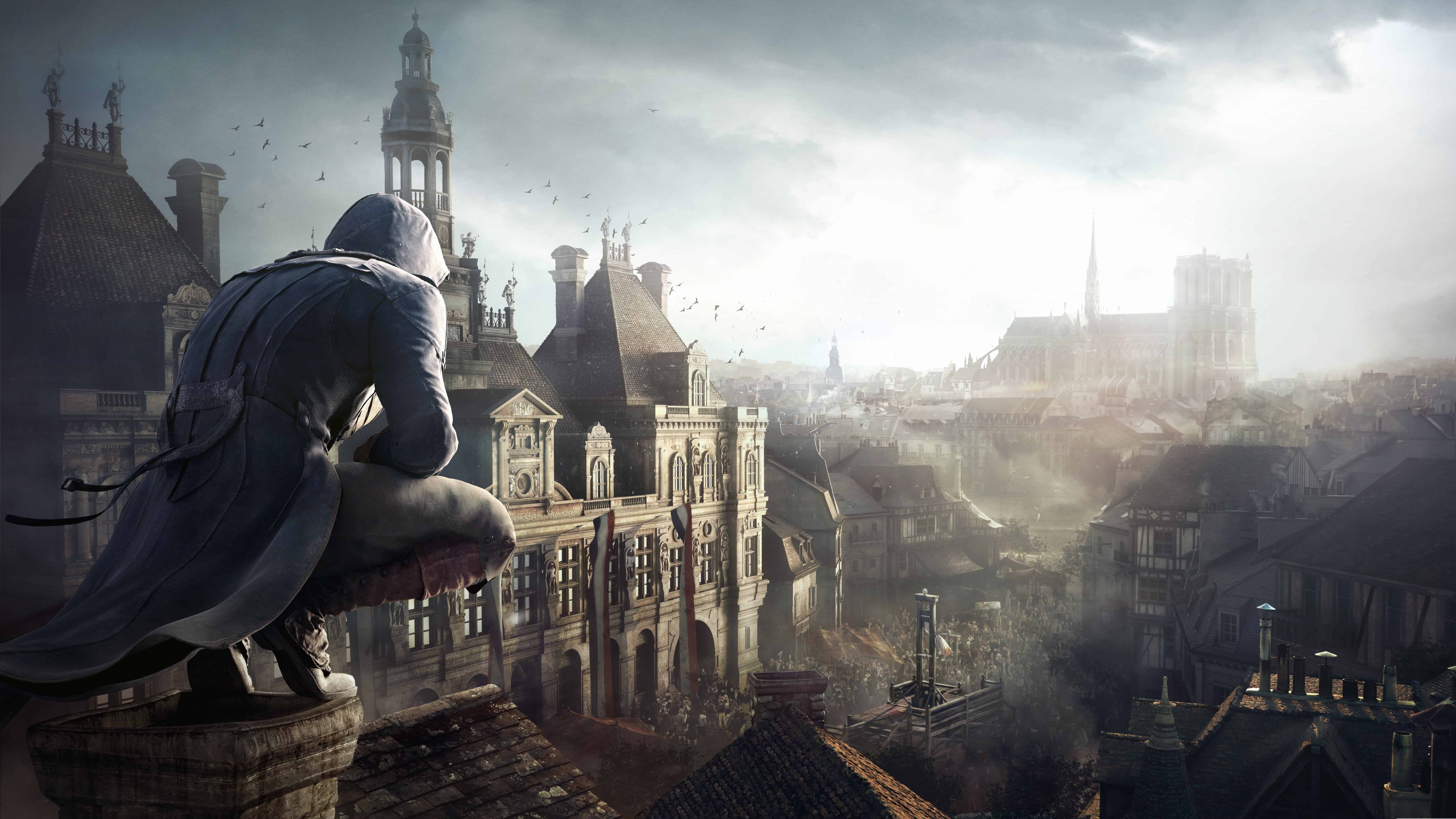
Paris in the French Revolution: what could possibly go wrong? As it turns out, plenty – Unity launched in such a rough state that it became the poster child for buggy AAA releases. Within hours of release, social media was flooded with screenshots of characters missing entire faces – just creepy floating eyes and teeth where a suave assassin’s visage should be. It was nightmare fuel, and it didn’t stop there. Players fell through the map into endless voids, got stuck in hay carts, and watched NPCs spaz out like they had too much vin rouge. Performance on consoles was dreadful, with frame rates doing the Madame Guillotine on smooth gameplay. Ubisoft had hyped Unity’s detailed open-world Paris and cooperative gameplay, but those positives were overshadowed by the technical meltdown. To their credit, multiple patches eventually turned Unity into a solid game, but by then its reputation was permanently scarred. | © Ubisoft

In space, no one can hear you scream… in frustration. Few games have facehugged their own hype quite like this infamous sci-fi flop. Colonial Marines was advertised as the ultimate Aliens experience – advanced AI, faithful atmosphere, and tense co-op action. Instead, players got aliens that wandered in circles, story beats that retconned the canon, and visuals that looked ripped from a budget PS2 game. Years later, it turned out a single typo in the code (“teather” instead of “tether”) had lobotomized the alien AI – a fitting metaphor for the game’s overall design. Add in a misleading E3 demo, outsourced development, and a lawsuit over false advertising, and you’ve got the makings of a true gaming horror story. Colonial Marines will forever live in infamy as a masterclass in how not to handle a beloved franchise. | © Gearbox Software
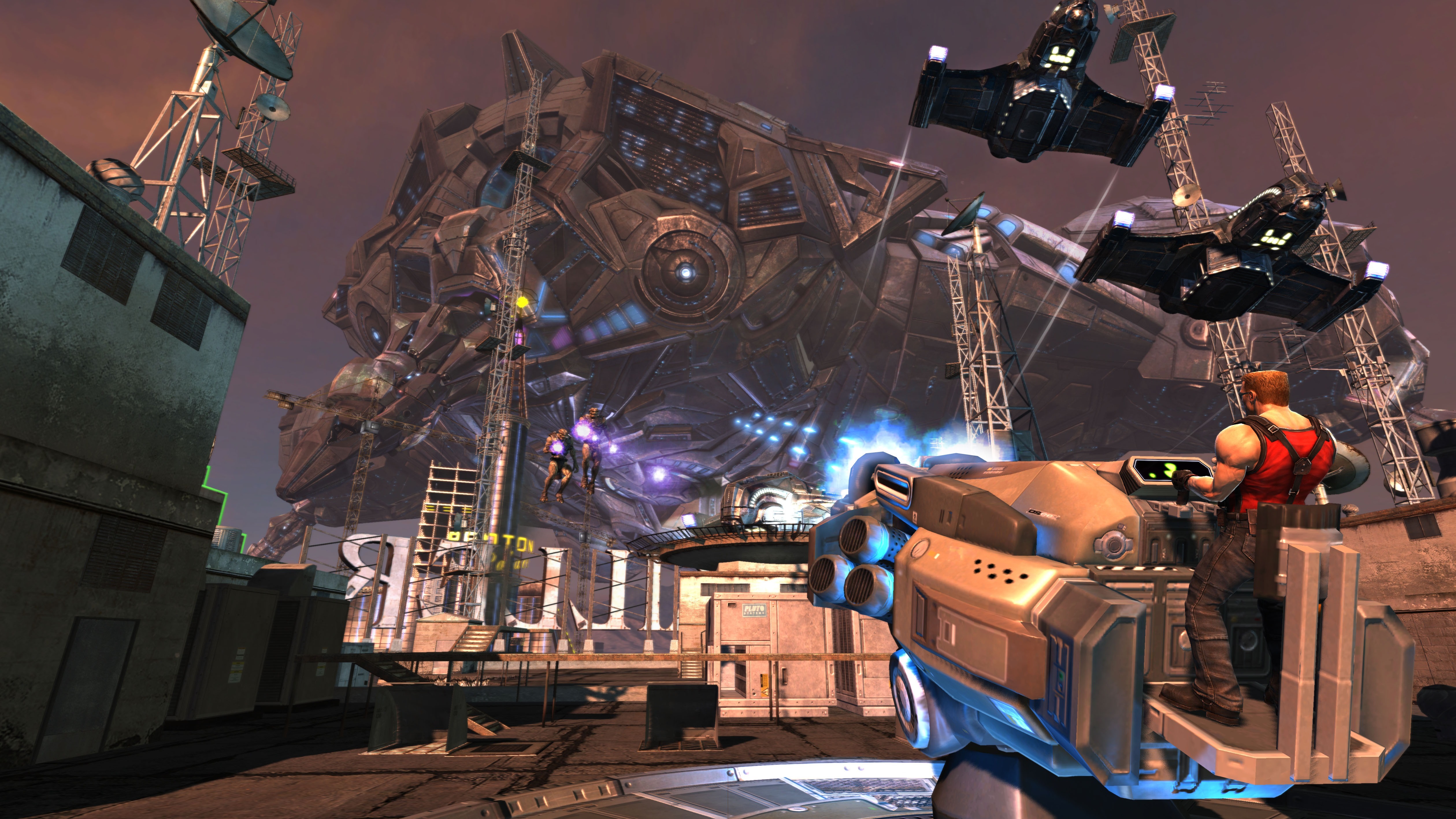
The king, sadly, did not come back. After a legendary 14-year development cycle that veered through engine changes, studio shake-ups, and enough delays to become an industry joke, Duke Nukem Forever finally blasted onto the scene in 2011. What could live up to a decade-plus of anticipation? Certainly not this. The resulting game felt like a relic from an era best left buried under 90s rubble. Duke’s one-liners, once edgy and funny, landed with a thud – more cringe than cool. The shooting mechanics and level design were painfully generic, littered with dated design tropes and awkward vehicle sections. It was as if the game dragged all its old problems with it through time, only to find the world had moved on. Duke Nukem Forever will forever be remembered as the granddaddy of vaporware that maybe should have stayed vapor. | © Gearbox Software
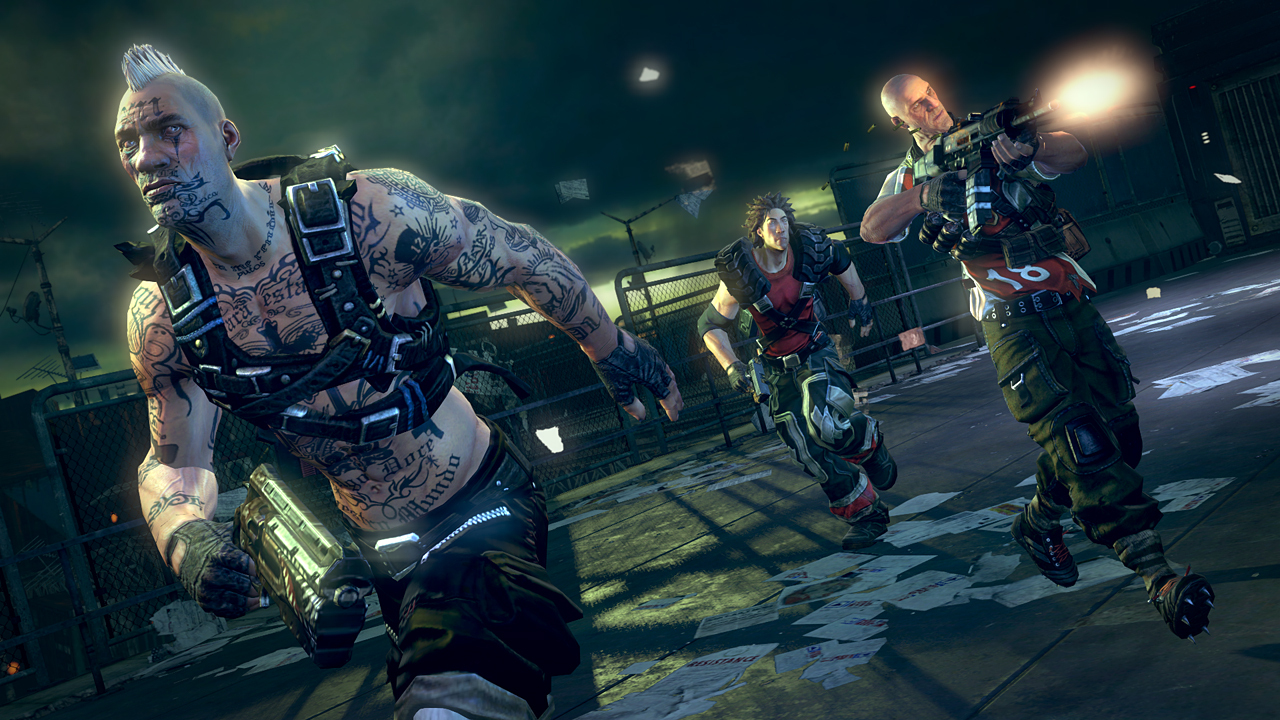
This stylish FPS promised to parkour its way into our hearts, but instead it tripped and fell on its face – literally, right off a wall. Brink tried to innovate by combining Mirror’s Edge-style movement with team-based shooting on a floating city, and previews made it look slick. Come launch day, though, players encountered a game that felt half-baked. Online matches were plagued by horrendous lag, and the much-touted SMART movement system wasn’t quite the revolution in agility we’d hoped – it sometimes triggered awkwardly or not at all. The gameplay itself became repetitive quickly: the handful of maps and objectives didn’t offer the depth or variety to sustain long-term interest. Despite some cool art direction, Brink’s substance was shallow, and bugs didn’t help its case. Within days the player count was dropping fast. | © Splash Damage
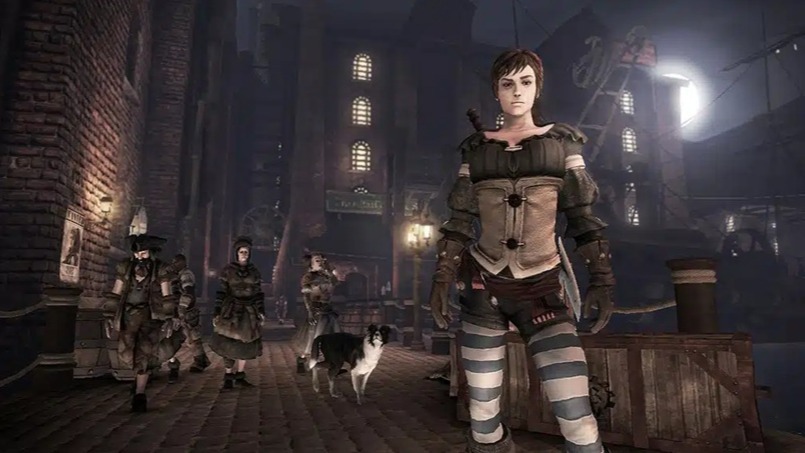
Fool me once, shame on you; fool me thrice, you must be Fable 3. Lionhead’s action-RPG series was notorious for grandiose promises, and this third installment was no exception. Become king or queen of Albion! Your choices will shape the kingdom! It sounds amazing, except the reality played out more like a lightweight fairy tale than the deep realm management sim some envisioned. Fable 3 notably simplified many RPG elements – gone were traditional menus and HUDs, replaced by a literal sanctuary you had to walk around in to change gear. Combat was mashed into an easy one-button affair. The much-hyped second half, where you rule as monarch, was shockingly short and superficial. The game wasn’t outright terrible – it had charm – but it absolutely did not live up to the epic that was promised. | © Lionhead Studios
1-20
Hype can make or break a video game—but sometimes, it sets expectations so high that even the most anticipated titles crumble under the pressure. In this article, we’re counting down the top 20 overhyped video games that flopped hard, either critically, commercially, or both. From broken promises and buggy launches to shallow gameplay and missing features, these games failed to deliver on the excitement they once generated. Whether you're a gamer curious about industry misfires or researching before your next purchase, this list will walk you through some of the most infamous letdowns in video game history.
Hype can make or break a video game—but sometimes, it sets expectations so high that even the most anticipated titles crumble under the pressure. In this article, we’re counting down the top 20 overhyped video games that flopped hard, either critically, commercially, or both. From broken promises and buggy launches to shallow gameplay and missing features, these games failed to deliver on the excitement they once generated. Whether you're a gamer curious about industry misfires or researching before your next purchase, this list will walk you through some of the most infamous letdowns in video game history.













